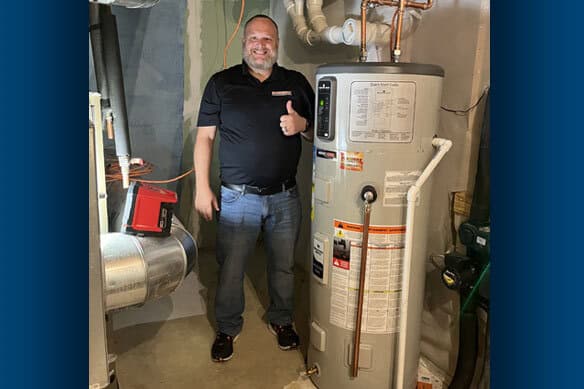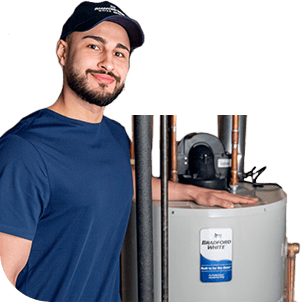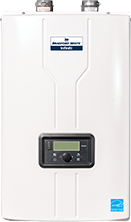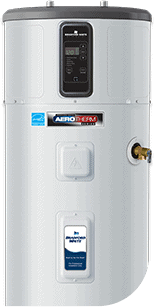Heat Pump Water Heater Installation: What to Expect

Heat pump water heaters use heat pump technology to pull ambient heat from the air around the water heater. This allows them to heat water more efficiently, so they offer some attractive benefits for homeowners. They can deliver significant savings on your energy bills, and are environmentally friendly. Learn more about heat pump water heaters here.
While they are powered by electricity, heat pump water heaters have some specific components that can affect the installation process. This blog post will provide a comprehensive overview of what to expect when a plumbing professional is installing a heat pump water heater, to help you prepare for a smooth and successful transition.
Professional Installation Required
Heat pump water heater installation is best left to a qualified professional. Your plumbing contractor will make sure the heat pump water heater is installed correctly with no leaks for optimal performance and efficiency, and that all relevant plumbing and electrical codes are followed.
Bradford White’s plumbing contractors receive specific training on Bradford White products, including our AeroTherm® Series Heat Pump Water Heater. Search here to find a Bradford White professional in your area.
Typical Heat Pump Water Heater Installation Process
Here’s a breakdown of the typical steps involved in a heat pump water heater installation:
- Site Assessment: A qualified contractor will visit your home to assess your hot water needs, available space, and electrical capacity. This professional will also determine the best location for the unit, considering factors like ambient air temperature and ventilation.
- Unit Selection: Based on the assessment, the contractor will recommend the appropriate size and type of heat pump water heater for your household’s needs.
- Preparation: This may involve removing an existing water heater, clearing the installation area, and making any necessary modifications to electrical wiring, plumbing, and removal of existing venting (if replacing a gas water heater).
- Installation: The contractor will carefully position the new unit, connect it to the water supply and drain lines, and make the necessary electrical connections.
- Testing and Commissioning: Once the installation is complete, the contractor will thoroughly test the unit to ensure it’s functioning correctly, providing adequate hot water at the desired temperature, and meeting all safety standards.
Factors Influencing Installation
Several factors can influence the complexity and cost of your heat pump water heater installation:
- Unit Size and Type: Because heat pump water heaters have integrated heat pumps, they are typically taller than a standard electric water heater. This may affect where the unit can be installed.
- Location and Accessibility: Installing a unit in a tight or hard-to-reach space can increase the complexity of the installation.
- Electrical System: If your electrical panel needs an upgrade to accommodate the new unit, it will add to the cost and time involved.
Finding a Professional Installer In Your Area
As discussed above, it’s important to have your heat pump water heater professionally installed for safety and to ensure the best possible efficiency and performance.
Don’t have a plumbing contractor? Search here to find a Bradford White professional in your area.
Planning for Your Installation
Before the installer arrives, take some time to prepare:
- Clear the Area: Ensure the installation area is clear of any obstacles or clutter.
- Provide Access: Make sure the contractor has easy access to water pipes, electrical connections, and the installation location.
- Understand the Timeline: Discuss the estimated installation time with the professional so you can plan accordingly.
By understanding the installation process and choosing a qualified plumbing professional, you can ensure a smooth and successful transition to an energy-efficient heat pump water heater. Want to learn more about heat pump water heaters? Read about the benefits of heat pump water heaters here.



